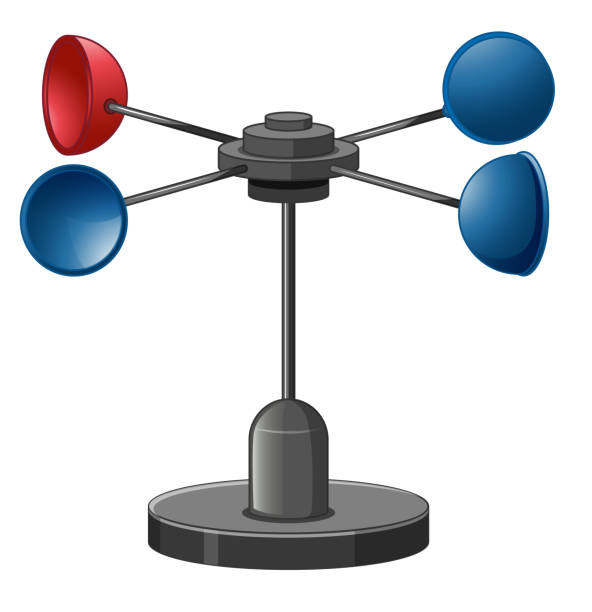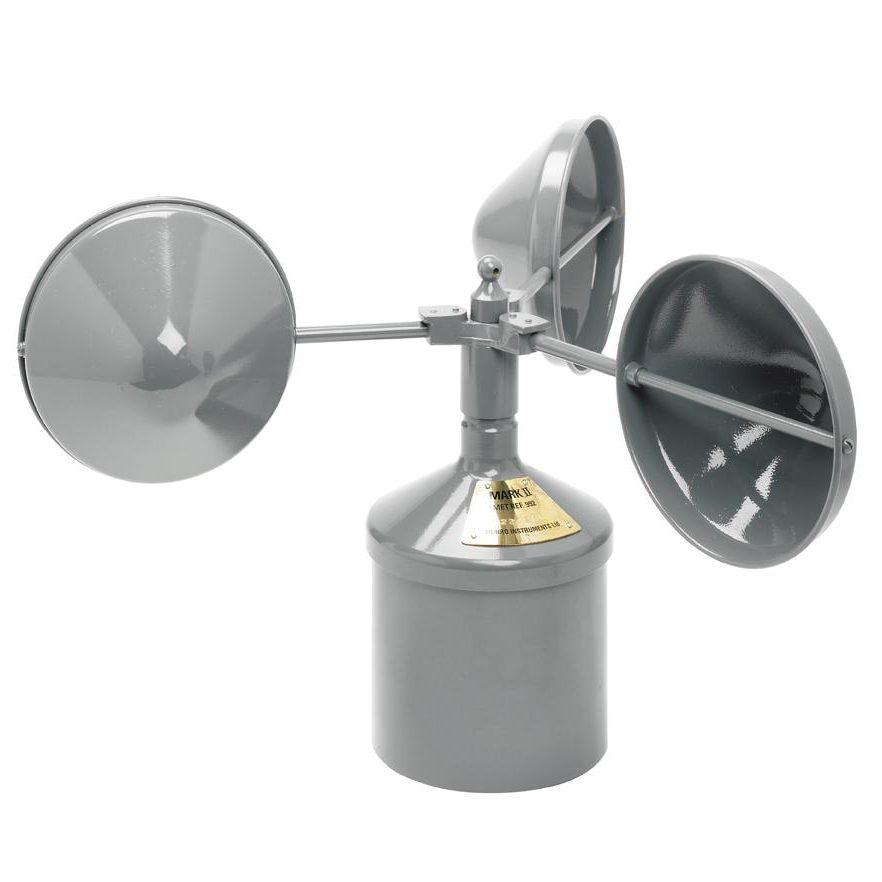The Duty of an Anemometer in Improving Safety And Security for Outdoor Activities
The Duty of an Anemometer in Improving Safety And Security for Outdoor Activities
Blog Article
Anemometers Unveiled: Comprehending Their Value in Environmental Tracking and Safety Measures
The duty of anemometers in environmental tracking and precaution is often underestimated, yet their relevance is obvious. These instruments have a lengthy history rooted in scientific inquiry and technological improvements, progressing to become crucial devices in different fields. From meteorology to aviation safety, anemometers play a crucial role in supplying precise data that notifies decision-making procedures and boosts total safety. Understanding the intricacies of anemometers introduces a globe of essential understandings that are essential to our understanding of the setting and the measures we take to make certain safety and security.
History of Anemometers
The evolution of anemometers can be traced back to the ancient worlds where primary wind gauging devices were initial utilized. These very early wind measurement tools laid the foundation for the growth of a lot more innovative anemometers gradually. One of the earliest well-known anemometers was the hemispherical cup anemometer designed by Leon Battista Alberti in the 15th century. This style contained four hemispherical cups that collected wind energy, providing a dimension of its strength based on the speed of rotation.
In the 18th century, the prominent scientist John Thomas Romney Robinson introduced the Robinson anemometer, which featured 4 hemispherical mugs placed on horizontal arms that prolonged from a central axis. This design came to be a standard in atmospheric measurements due to its precision and dependability. Over the years, developments in technology brought about the growth of even more modern-day anemometers, including ultrasonic anemometers and laser Doppler anemometers, using raised precision and performance in determining wind rate and direction. The history of anemometers showcases a remarkable journey of innovation and progress in the area of weather forecasting.
Kinds Of Anemometers
Throughout the area of weather forecasting, numerous sorts of anemometers have actually been developed to accurately determine wind speed and instructions. One of the most common type is the mug anemometer, which contains three or 4 cups mounted on horizontal arms that revolve with the wind. As the mugs spin, the rate at which they turn is directly symmetrical to the wind speed. One more commonly made use of kind is the vane anemometer, which features a tail or fin that straightens itself with the wind direction. This positioning allows the tool to determine the wind instructions. Sonic anemometers make use of ultrasonic signals to determine wind rate and direction accurately. They are generally utilized in research applications due to their high precision. Hot-wire anemometers run based on the principle that the cooling effect of wind on a heated cord is proportional to the wind rate. These anemometers appropriate for measuring low wind speeds with high precision. Each kind of anemometer has its strengths and is selected based upon the specific needs of the tracking task handy.
Applications in Weather Forecasting
Having talked about the numerous kinds of anemometers utilized in weather forecasting for measuring wind rate and direction, it is important to explore their functional applications in the area. Anemometers play an essential role in weather forecasting by giving exact and real-time information on wind problems (anemometer). Meteorologists utilize anemometers to check wind rate and instructions to anticipate weather condition patterns, issue warnings for serious weather condition events like tornados, hurricanes, and cyclones, and examine weather for aeronautics safety
In weather forecasting, anemometers help in understanding neighborhood and regional wind patterns, which are important for predicting weather modifications and identifying climatic fads. These gadgets are also made use of in study to research microclimates, metropolitan heat islands, and air contamination dispersion. Additionally, anemometers are employed in farming to enhance plant administration practices, such as watering and pesticide application, based upon wind conditions.
Importance in Aeronautics Safety
An integral facet of guaranteeing aeronautics safety exists in the careful monitoring of wind problems using anemometers. article Anemometers play a vital function in aviation by supplying real-time data on wind speed and instructions, helping pilots in making informed choices throughout take-off, flight, and touchdown. Unpredictable and solid winds can substantially affect aircraft operations, making it necessary for aviation authorities to depend on precise wind dimensions to make certain the security of guests and crew.

In the dynamic environment of air travel, where also small changes in wind speed and instructions can have profound effects, anemometers stand as crucial tools for advertising secure and safe flight.
Role in Environmental Research Study
Anemometers play an important role in ecological research by offering vital information on wind rate and instructions. By precisely determining wind attributes, anemometers assist scientists examine the motion of contaminants in the air, examine the effect of industrial discharges, and predict the spread of pollutants in the setting.


Final Thought
In verdict, anemometers have played an essential duty in environmental monitoring and safety and security steps. Understanding the relevance of anemometers is crucial for properly measuring wind speed and direction, which is important for anticipating weather condition patterns, making sure risk-free aviation operations, and conducting ecological researches.
One of the earliest recognized anemometers was go to this website the hemispherical cup anemometer invented by Leon Battista Alberti in the 15th century. Over the years, improvements in technology led to the growth of more contemporary anemometers, consisting of ultrasonic anemometers and laser Doppler anemometers, supplying enhanced precision and effectiveness in determining wind speed and direction. Hot-wire anemometers run based on the concept that the cooling result of wind on a heated wire is symmetrical to the wind rate. Meteorologists make use of anemometers to monitor wind rate and direction to forecast weather patterns, concern cautions for severe weather condition occasions like storms, tornados, and hurricanes, and examine climatic conditions for air travel security.
Recognizing the value of anemometers is vital for properly measuring wind rate and direction, which is essential for forecasting weather condition patterns, making certain safe aviation operations, and carrying out ecological research studies. (anemometer)
Report this page